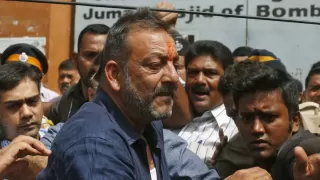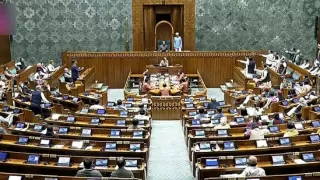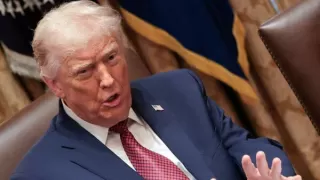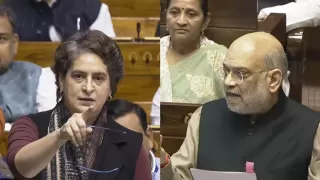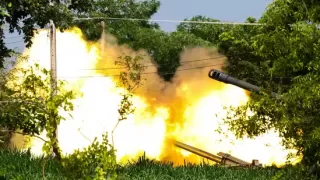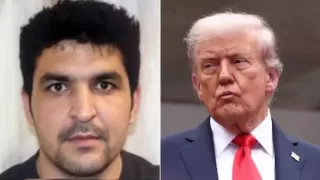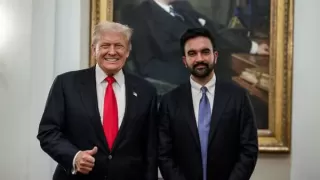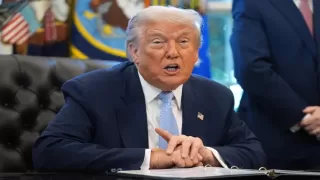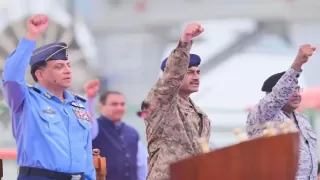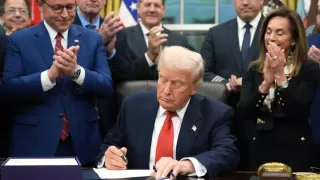The proposed 28-point peace plan has ignited intense debate worldwide, as it outlines major political, territorial and security concessions that Kyiv has repeatedly rejected in the past. The framework attempts to address the long-running conflict by merging diplomatic, economic and military elements into a single structure. Yet many of its clauses closely resemble demands that have long hindered efforts to convince Moscow to commit to a durable ceasefire.
International observers view the proposal as an attempt to reshape regional security while simultaneously redefining Ukraine’s long-term alliances. The plan leans heavily on security guarantees, territorial settlements and a renewed economic partnership between major powers. While some argue this is a pragmatic step toward peace, others see it as a roadmap that may lock Ukraine into unfavorable compromises.
Despite its controversies, the plan has shifted global diplomatic discussions. Supporters believe even a difficult agreement may be necessary to halt the conflict, restore stability and prevent a broader regional crisis. Critics argue the terms could undermine Ukraine’s sovereignty, weaken international norms and embolden future acts of aggression. The coming weeks are expected to determine how these proposals evolve and whether negotiations progress toward an actual ceasefire.
Overview of the Peace Framework
The 28-point plan presents a detailed blueprint designed to formalize a negotiated end to the conflict. It attempts to balance territorial arrangements, constitutional changes, military limitations and international economic cooperation. The plan emphasizes that Ukraine’s sovereignty will be formally recognized, yet simultaneously proposes concessions that significantly alter the country’s defense posture and geopolitical orientation.
Key provisions include limiting the size of Ukraine’s armed forces, halting NATO expansion, creating a non-aggression pact between Russia and Europe, and establishing a US-backed security guarantee. Additionally, the plan outlines phased sanctions relief for Russia and proposes long-term economic partnerships involving the US, Russia and Ukraine. Such provisions aim to incentivize compliance and tie all parties into mutually beneficial economic structures.
While the plan presents itself as a comprehensive settlement, much of its language echoes previous, unresolved divergences between Russia and Ukraine. This has led analysts to question whether the framework can lead to sustainable peace or whether it codifies outcomes shaped by force rather than diplomacy.
Security Guarantees and Military Clauses
A central pillar of the plan involves establishing binding security guarantees for Ukraine. For the first time in the ongoing negotiations, the United States would explicitly guarantee Ukraine’s protection—though under conditions that include strict penalties for violations. If Russia invades again, sanctions would return instantly and military retaliation would be coordinated. If Ukraine initiates unjustified aggression against major Russian cities, the guarantee would be void.
The military clauses also cap Ukraine’s armed forces at 600,000 personnel and bar NATO troops from being stationed inside the country. This significantly reshapes Ukraine’s defense posture. Proponents claim this is balanced by external guarantees, while critics fear it leaves the country vulnerable.
European fighter jets stationed in Poland would play a role in regional deterrence, and a Russia-NATO–US dialogue mechanism would be established to address future security risks. These measures aim to create a long-term architecture preventing escalation, though enforcing compliance may prove difficult.
Economic Reconstruction and Strategic Cooperation
The peace plan includes an expansive economic agenda centered on reconstruction, development and joint investment. A Ukraine Development Fund would mobilize resources for rebuilding infrastructure, technology sectors, energy systems and wartime-damaged cities. Ukraine would receive preferential access to European markets and potential progress toward EU membership.
A controversial element is the allocation of $100 billion in frozen Russian assets for rebuilding Ukraine, with the United States receiving 50% of profits generated through joint projects. Europe would contribute an additional $100 billion in development funding, and the remaining frozen Russian funds would go into a separate joint investment mechanism between Washington and Moscow.
The plan also outlines pathways for Russia’s reintegration into the global economy, including phased sanctions relief and a potential return to the G8. Economic cooperation would extend to sectors such as artificial intelligence, natural resources, Arctic development and energy systems. Critics argue that rewarding Russia economically undermines accountability, while supporters say economic interdependence is essential for long-term peace.
Territorial and Governance Arrangements
One of the most contentious pillars of the plan is its approach to territorial control. Crimea, Luhansk and Donetsk would be recognized as de facto Russian—including by the United States. Kherson and Zaporizhzhia would remain frozen along the current line of contact, effectively formalizing separate zones of control. Remaining Russian-held areas outside these regions would be relinquished.
A demilitarized buffer zone would be established, and neither side would be allowed to alter territorial boundaries through force. Violations would nullify security guarantees and trigger sanctions. Such provisions aim to create a stable territorial framework, though they face strong opposition in Ukraine.
The plan also mandates national elections in Ukraine within 100 days, introduces cultural and linguistic protections, and grants full wartime amnesty. These governance reforms aim to reset political processes, but they raise questions regarding feasibility, fairness and long-term legitimacy.
Implementation and Oversight Procedures
The plan creates a Peace Council headed by the US president, tasked with monitoring compliance, imposing penalties and coordinating implementation. Working groups would address humanitarian issues, reconstruction priorities, prisoners of war and family reunification. A ceasefire would take effect only after troop withdrawals to designated positions.
While supporters view these structures as necessary for enforcement, critics argue that concentrating oversight under a single political figure may compromise neutrality and long-term stability. Nonetheless, the plan outlines a clearer monitoring system than prior agreements, which may improve accountability.
With global attention now fixed on these proposals, the coming phases of diplomacy will reveal whether the plan can transition from paper to practice. For now, it represents one of the most comprehensive—and controversial—attempts to end the conflict.
Full 28 Points of the Plan
Below are all 28 points exactly as outlined in the proposal:
- 1. Ukraine’s sovereignty will be confirmed.
- 2. A comprehensive non-aggression agreement between Russia, Ukraine and Europe.
- 3. Russia will not invade neighboring countries; NATO will not expand further.
- 4. Russia–NATO dialogue mediated by the US to resolve security issues.
- 5. Ukraine receives explicit US security guarantees.
- 6. Ukrainian Armed Forces capped at 600,000 personnel.
- 7. Ukraine will not join NATO; NATO will codify this decision.
- 8. NATO will not station troops in Ukraine.
- 9. European fighter jets will be stationed in Poland.
- 10. US receives compensation for security guarantees; penalties outlined.
- 11. Ukraine gains eligibility for EU membership and market access.
- 12. Creation of a global reconstruction package and Ukraine Development Fund.
- 13. Russia reintegrated into the global economy with phased sanctions relief.
- 14. $100B Russian assets used for reconstruction; profit-sharing defined.
- 15. US-Russia working group on security issues established.
- 16. Russia enshrines non-aggression in national law.
- 17. US and Russia extend nuclear arms control treaties.
- 18. Ukraine agrees to remain a non-nuclear state.
- 19. Zaporizhzhia nuclear plant operated under IAEA oversight.
- 20. Education and cultural reforms promoting tolerance and minority rights.
- 21. Crimea, Luhansk and Donetsk recognized as de facto Russian.
- 22. Both nations agree not to alter territorial arrangements by force.
- 23. Free grain transport and commercial access to the Dnieper and Black Sea.
- 24. Humanitarian committee for POWs, detainees and family reunification.
- 25. Ukraine will hold elections within 100 days.
- 26. Full amnesty for all parties involved in the conflict.
- 27. Agreement is legally binding; implementation monitored by Peace Council.
- 28. Ceasefire begins once both sides retreat to agreed-upon positions.
Also Read: Bangladesh Quake Kills 6; Kolkata Feels Strong Tremors




